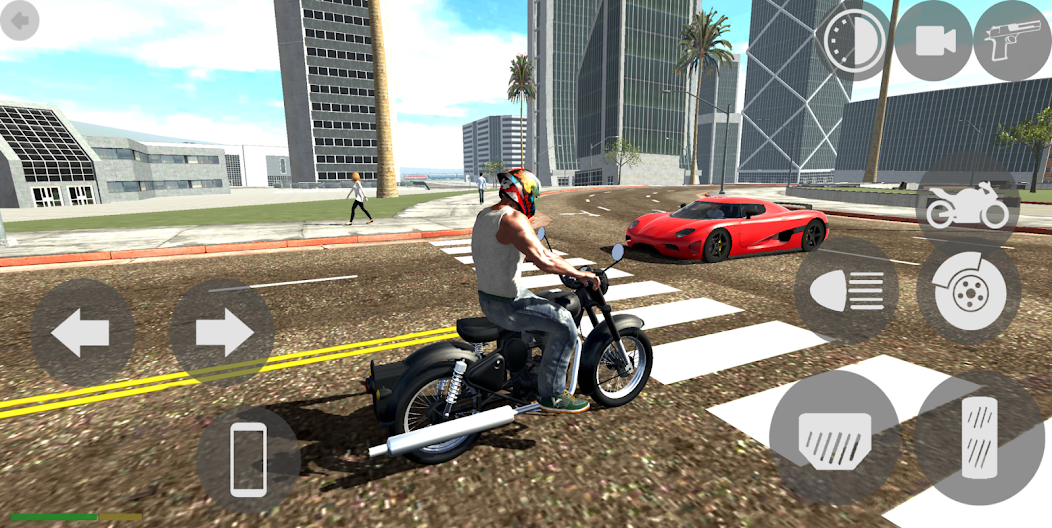Introduction
In the dynamic world of digital creativity, 3D design and illustration have emerged as powerful tools for visual expression. This beginner’s guide aims to demystify the realm of 3D design, making it accessible to individuals eager to embark on this exciting journey.
Getting Started
Necessary Tools and Software
Before diving into the world of 3D design, it’s essential to equip yourself with the right tools. Investing in a reliable computer and selecting the appropriate software is the first step toward unleashing your creative potential.
Understanding Basic Concepts
Dimensions and Axes
Understanding the fundamental concepts of dimensions and axes lays the foundation for creating three-dimensional masterpieces. Delve into the basics of spatial orientation to navigate the 3D space effortlessly.
Layers and Objects
Learn the significance of layers and objects in 3D design. Discover how these elements contribute to creating intricate and layered visual compositions.
Choosing the Right Software
Overview of Popular 3D Design Software
Navigate through the myriad of 3D design software options available. Gain insights into the features and capabilities of each, helping you make an informed choice based on your preferences and requirements.
Pros and Cons of Each
Explore the strengths and limitations of various software applications. This section aids in identifying the software that aligns with your skill level and artistic goals.
Best Software for Beginners
For those starting their 3D design journey, we recommend the best software options that offer a gentle learning curve without compromising on functionality.
Learning Basic Skills
Navigation and Interface Familiarization
Embark on a hands-on journey of familiarizing yourself with the software’s navigation and interface. This step is crucial for a seamless and enjoyable design experience.
Creating Simple Shapes
Start your design adventure by mastering the art of creating basic shapes. Develop a strong foundation in manipulating forms and structures.
Applying Colors and Textures
Elevate your designs by adding color and texture. Uncover the secrets of transforming simple shapes into visually captivating 3D creations.
Advanced Techniques
Mastering 3D Modeling
Delve into the intricacies of 3D modeling. Learn advanced techniques that enable you to craft detailed and realistic objects.
Incorporating Lighting and Shadows
Understand the impact of lighting and shadows on your designs. Explore ways to create depth and drama in your 3D illustrations.
Animation Basics
Take your skills to the next level by exploring the basics of animation. Learn how to breathe life into your designs through simple yet effective animations.
Online Resources and Communities
Tutorials and Courses
Embark on a continuous learning journey by exploring online tutorials and courses. Leverage the wealth of knowledge shared by experienced designers and educators.
Engaging with the 3D Design Community
Connect with fellow enthusiasts and professionals in the 3D design community. Discover the power of collaboration and shared experiences.
Platforms for Showcasing Work
Showcase your evolving portfolio on platforms dedicated to 3D design. Explore avenues for feedback and recognition within the community.
Overcoming Challenges
Dealing with Technical Issues
Navigate through common technical challenges in 3D design. Equip yourself with troubleshooting skills to overcome obstacles and maintain a smooth workflow.
Managing Creative Blocks
Creativity can sometimes hit roadblocks. Discover strategies to reignite your creative spark and overcome moments of artistic stagnation.
Staying Motivated
Sustain your passion by staying motivated throughout your 3D design journey. Find inspiration in the vast world of digital art and design.
Real-world Applications
Industries Using 3D Design
Explore the diverse industries harnessing the power of 3D design. From gaming and entertainment to healthcare and architecture, discover potential career paths.
Career Opportunities
Uncover the myriad career opportunities available to skilled 3D designers. Learn how your passion can translate into a fulfilling profession.
Freelancing and Entrepreneurship
Consider the prospect of freelancing or entrepreneurship in the 3D design domain. Learn how to monetize your skills and turn your passion into a sustainable career.
Showcasing Your Work
Building a Portfolio
Craft a compelling portfolio that showcases the evolution of your skills. Impress potential clients or employers with a visually stunning collection of your best work.
Creating a Strong Online Presence
Establish a robust online presence by leveraging social media and design platforms. Explore strategies to enhance your visibility and attract opportunities.
Networking in the Industry
Forge connections within the 3D design industry. Networking opens doors to collaborations, mentorship, and exposure to new trends and opportunities.
Future Trends in 3D Design
Technological Advancements
Stay ahead of the curve by exploring upcoming technological advancements in 3D design. Embrace innovation to remain relevant in this ever-evolving field.
Emerging Styles and Techniques
Discover the latest trends and emerging styles in 3D design. Explore innovative techniques that push the boundaries of traditional design norms.
Continuous Learning and Adaptation
In the dynamic world of 3D design, continuous learning is key. Embrace a mindset of adaptability to thrive in an industry that constantly evolves.
text copy
Create a 3D illustration featuring a realistic 18 year-old beautiful young boy busy to writing a coding on a chair in front of a 3d logo of Wahatsapp.' The character should have green and white pant coat tie ,with Sneakers shoes, with glasses,The background of the image should showcase a social media profile page and the username "Waris Khan' and a matching profile picture and modify it
Conclusion
In conclusion, this beginner’s guide provides a comprehensive roadmap for individuals venturing into the captivating world of 3D design and illustration. Armed with the right knowledge, tools, and a creative mindset, you’re poised to embark on a fulfilling journey of self-expression and artistic exploration.
FAQs
How long does it take to learn 3D design as a beginner?
The learning pace varies, but with consistent practice and dedication, beginners can grasp the basics within a few months and progress to more advanced skills over time.
Can I pursue a career in 3D design without a formal education?
Yes, many successful 3D designers have forged their careers through self-learning and online resources. A strong portfolio often outweighs formal education in this field.
Are there free resources available for learning 3D design?
Absolutely! Numerous online platforms offer free tutorials, courses, and software trials for beginners to kickstart their 3D design journey without a financial commitment.
What computer specifications are recommended for 3D design work?
For smooth 3D design work, a computer with a powerful CPU, dedicated GPU, and sufficient RAM is recommended. Check the specific requirements of your chosen software for optimal performance.
How can I overcome creative blocks in the 3D design process?
Creative blocks are normal. Take breaks, seek inspiration from various sources, and experiment with new techniques to overcome creative hurdles in your 3D design journey.




